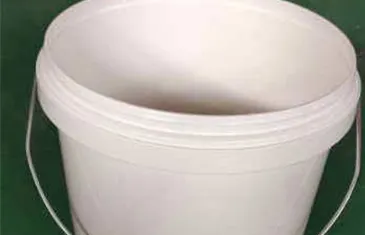-
 Phone:
Phone: -
 Email:
Email:

rock mesh retaining wall
Rock Mesh Retaining Walls A Comprehensive Overview
In the realm of civil engineering and landscape architecture, retaining walls play a crucial role in managing soil erosion, providing structural support, and enhancing aesthetic appeal. Among the several types of retaining walls, rock mesh retaining walls have emerged as a popular choice, especially in areas where natural stone integration is desirable. This article explores the design, advantages, and applications of rock mesh retaining walls.
What is a Rock Mesh Retaining Wall?
A rock mesh retaining wall is a type of modular wall system designed to hold back soil while being composed mainly of rocks held together by a mesh framework. The mesh is typically made from high-strength steel or polymer that is resistant to corrosion and weathering. This allows the structure to remain stable, while the natural rock can provide a visually appealing texture that blends harmoniously with the surrounding landscape.
Design and Construction
The design of a rock mesh retaining wall involves careful consideration of several factors, including soil type, height requirements, and drainage. Engineers start by assessing the site conditions and soil characteristics to determine the appropriate dimensions and reinforcement needed for the wall. The construction process usually includes
1. Site Preparation The area is cleared and leveled to ensure a stable foundation. 2. Foundation Installation A strong and stable foundation is created, often with concrete or compacted gravel, to support the weight of the retaining wall.
3. Mesh Setup The mesh framework is erected, providing a structure to hold the rocks. The mesh is anchored into the foundation and secured at various intervals to ensure stability.
4. Rock Placement Natural stones are strategically placed into the mesh, often in a way that enhances drainage and minimizes the risk of soil buildup behind the wall.
5. Backfilling The area behind the wall is filled with suitable materials, and drainage systems may be installed to prevent water accumulation that could exert pressure on the wall.
rock mesh retaining wall

Advantages of Rock Mesh Retaining Walls
1. Aesthetic Appeal The use of natural rock gives these walls a rustic charm, making them an attractive choice for landscaping projects as well as commercial developments.
2. Environmental Integration Unlike traditional concrete walls, rock mesh retaining walls blend more naturally into their surroundings, promoting a more eco-friendly design.
3. Flexibility The modular design allows for various configurations and heights, accommodating different landscape requirements.
4. Durability Rock mesh walls are built to last, withstanding harsh weather conditions and the natural pressures exerted by soil.
5. Erosion Control These walls effectively prevent soil erosion and manage water runoff, which can be particularly important in areas prone to heavy rainfall.
Applications
Rock mesh retaining walls are versatile and can be utilized in various applications, including
- Residential landscapes Enhancing gardens and terraces. - Roadway construction Supporting slopes along highways and roads. - Commercial developments Creating attractive barriers that manage changes in elevation. - Erosion control projects Protecting shorelines, riverbanks, and other vulnerable areas from erosion.
In conclusion, rock mesh retaining walls offer a unique combination of functionality and aesthetic appeal, making them an excellent choice for various construction and landscaping needs. With their ability to withstand environmental challenges while providing visual interest, they stand out as a practical and stylish solution in modern engineering projects.
-
Wire Mesh for Every Need: A Practical SolutionNewsJul.25,2025
-
Steel Fences: Durable, Secure, and Stylish OptionsNewsJul.25,2025
-
Roll Top Fencing: A Smart Solution for Safety and SecurityNewsJul.25,2025
-
Cattle Farm Fencing Solutions for Maximum SecurityNewsJul.25,2025
-
Affordable Iron Binding Wire SolutionsNewsJul.25,2025
-
Affordable Galvanized Wire SolutionsNewsJul.25,2025
-
Wire Hanger Recycling IdeasNewsJul.25,2025








